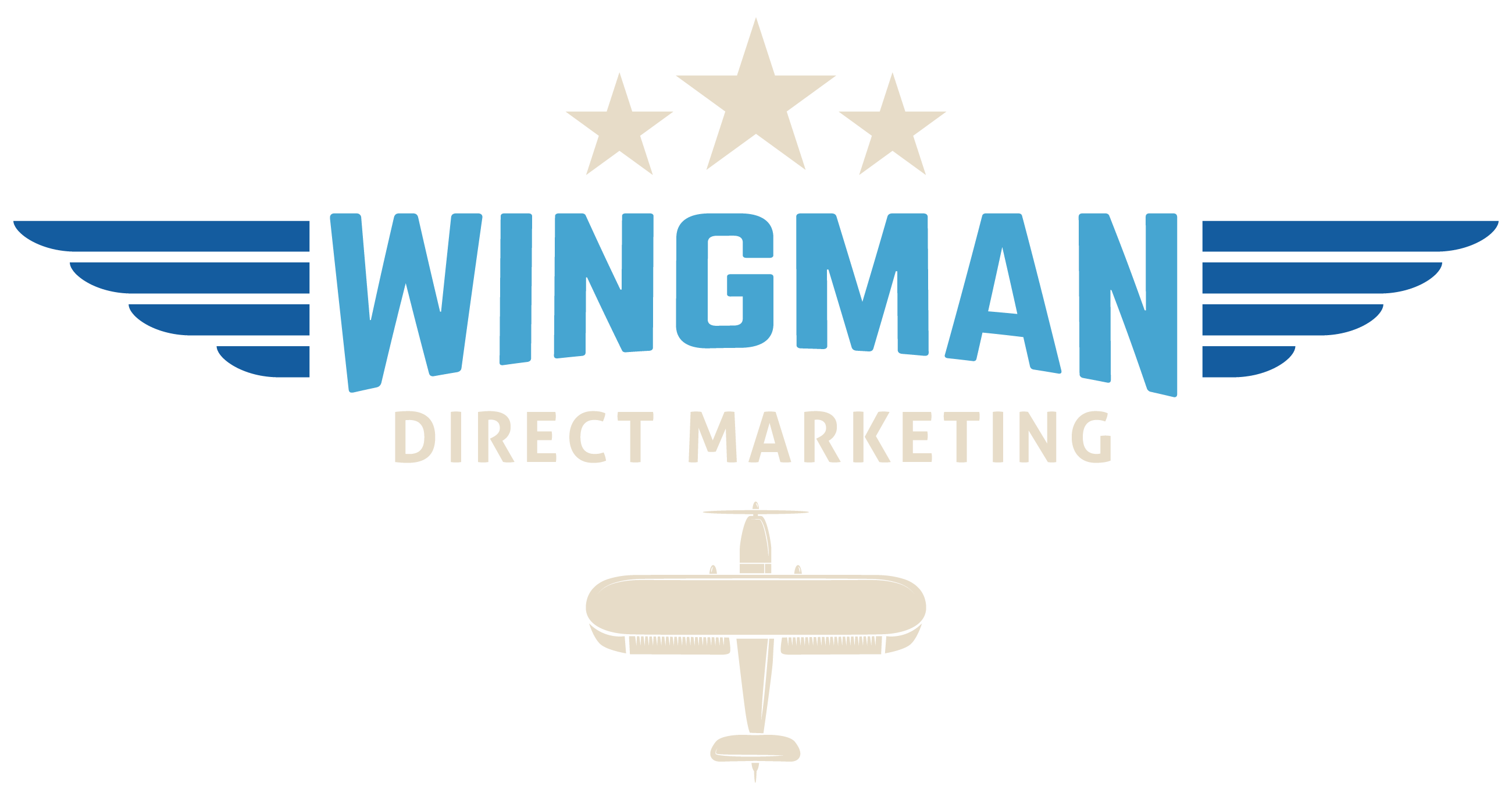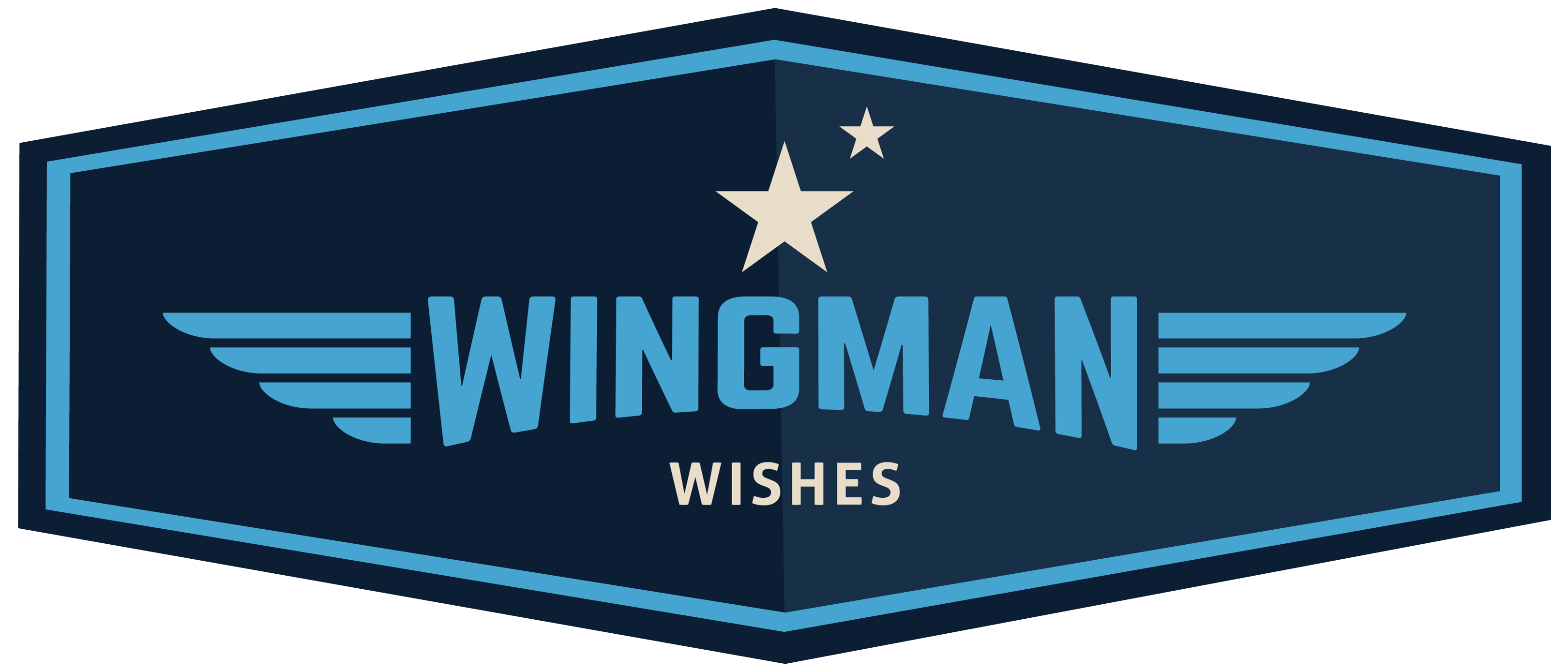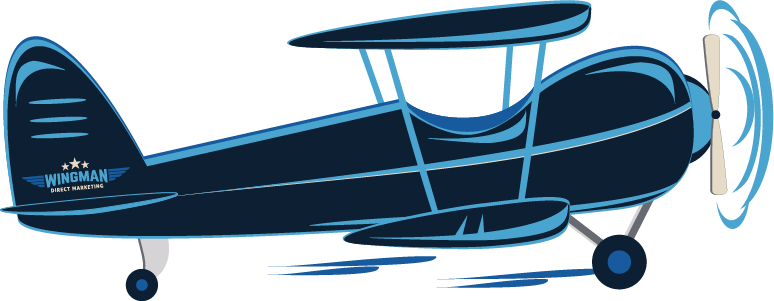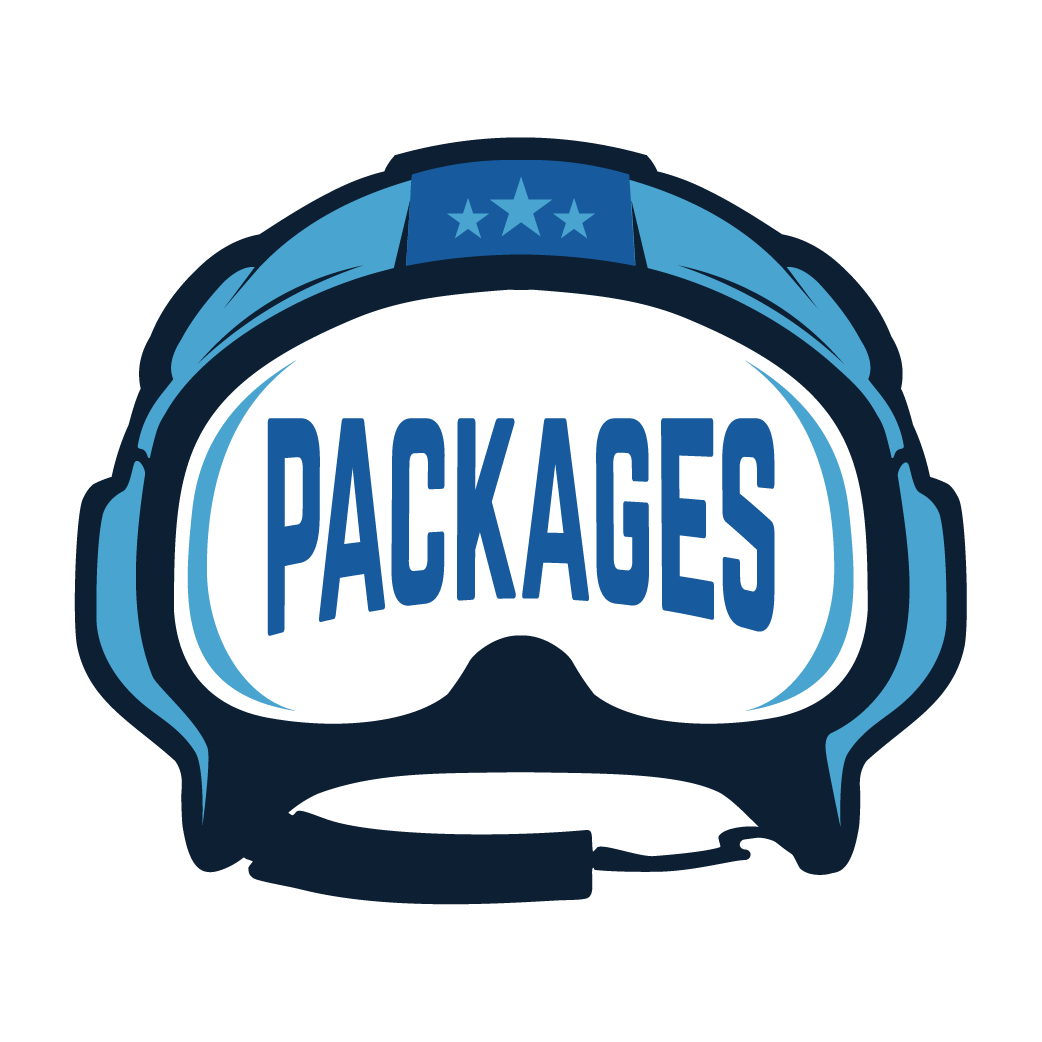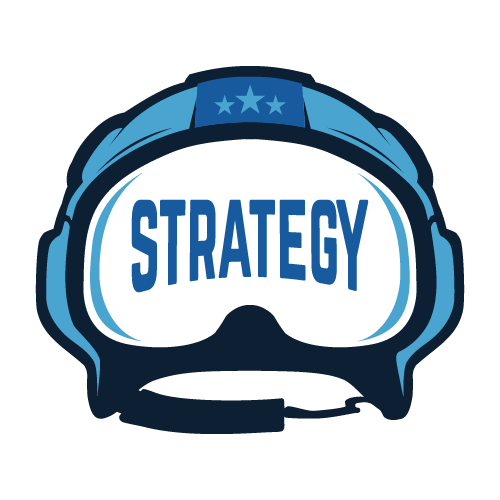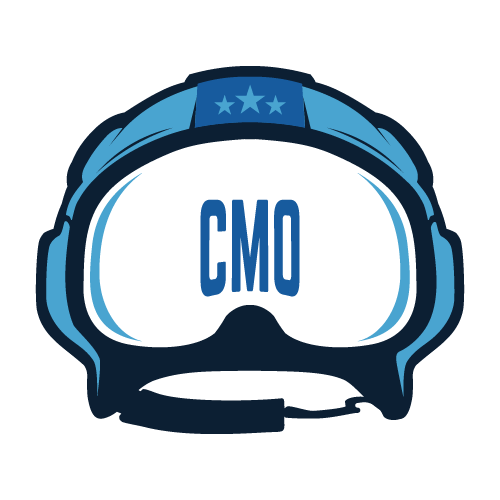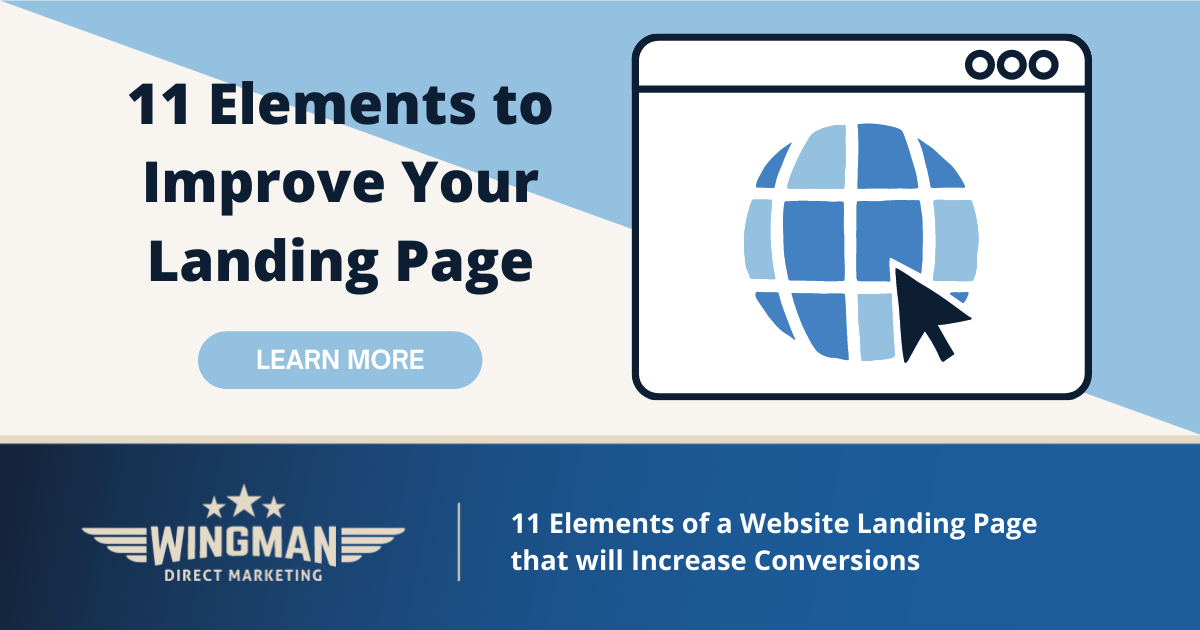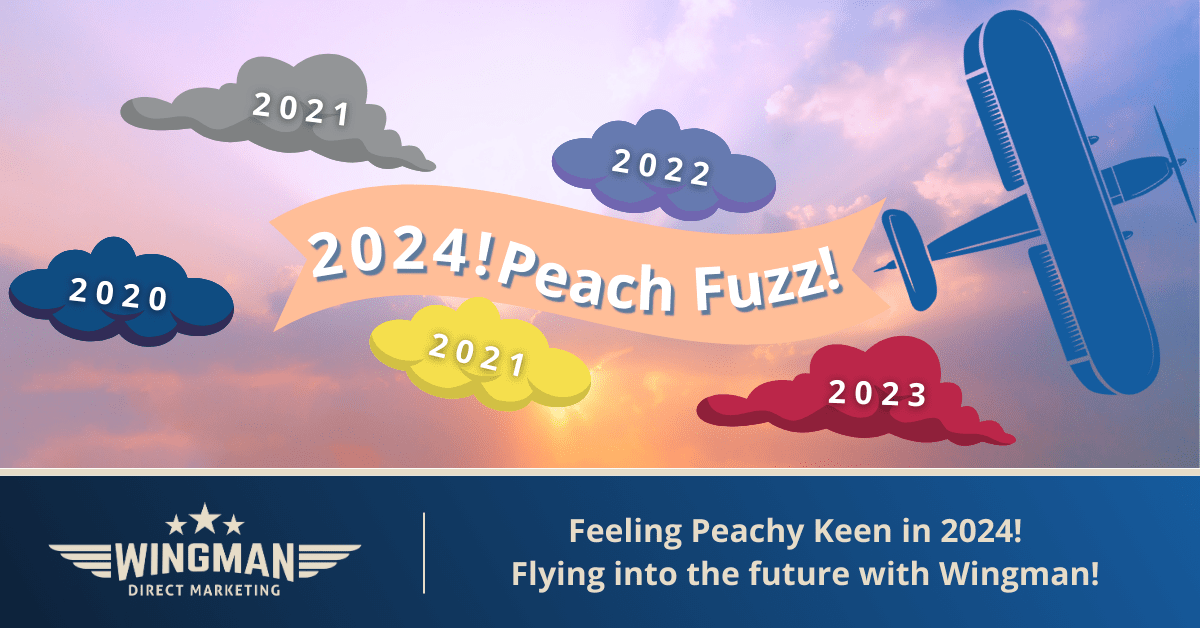You have put in the work with your flight crew to publish effective ads, drafted creative email campaigns, and published your link across social media with cleverly crafted updates so your business can reach its goals – It is time to prepare for landing! Your website landing page that is.
As the first page many visitors to your website see, it is the digital front page for your business. Unlike standard webpages which encourage exploration and can lead viewers down many different avenues of information, a website landing page has one goal: create conversions. This goal, also known as the call to action (CTA), gives your page (sometimes called a website landing page, hub page or pillar page) focus and differentiates it from other pages of your site. Think of it as a one-way runway with a defined path to the end goal.
How your website landing page interacts with search engines
The highest principal factor that affects whether your website gets seen or not is search engines.
Search engines prefer certain qualities of web design, structure, elements of a home page and content, prioritizing pages that meet certain standards over others. This means that you need to start optimizing at the strategic level to make your website findable.
Your website landing page is the first step in the customer journey so make it one worth taking. Keep reading to see what elements of your website landing page you can incorporate to increase conversions.
1. Hook
Most people leave webpages within 10-15 seconds of arriving. If you can demonstrate the value you bring within this first impression period, you can entice your audience to stick around and learn more. Grab the reader’s attention by telling them what you do, what makes you stand out, and what next step they need to take. This is the critical point where a potential customer makes the decision to keep scrolling or not.
2. Promise
The purpose of the promise headline, above the fold on your homepage, is to show the visitor that you understand the challenges they face. You need to make them a promise that will solve their problems. Nobody wants what we sell- they want their problem solved. Your story needs to match the story the client is telling themselves so that they know they came to the right place for a solution.
3. Core offerings
Create boxes that feature your core products or services and include about 100 words of content with each. Since these are your core services, you will often have full pages or sections of your site related to each, but by placing them on your homepage accompanied by descriptive content, you will also get some additional SEO value.
4. Personas
Having a representation of “who we serve” is a key element to include on your website landing page. Have a clear path for each target market you serve to follow as part of their personalized customer journey. Knowing that you had them in mind when creating your solutions will give them confidence that you have come prepared to handle their unique situation.
5. Geo/local
If you have a local business, adding local content and resources to your homepage makes sense. Include Google Maps, NAP, and directions on the homepage along with links to any relevant local content on the website.
6. Testimonials and Trust signals
You need to have elements that build trust on your page, whether they be logos of current customers or testimonials for your audience to glance over. Have reviews or accolades you want your audience to see? Make them easy to find and place them on the homepage.
7. Vamp your website landing page with SEO content
It is a promising strategy to feature frequently changing content from your website on this website landing page. For example, place a blog or social feed on the homepage that shows recent activity. It is a wonderful and almost effortless way to show your company is active and to keep content fresh on the homepage. Aim for around 1000 words of content total for your homepage.
8. Video
Many companies are beginning to feature video on these pages, and for good reason! video allows you to give people a real sense of who you are, what you stand for, and let people hear your story. It is also a fantastic way to produce content to engage your audience.
9. CTAs/contact
A call to action (CTA) is an image or text that prompts visitors, leads, or customers to take a specific action. CTAs help to guide people through the customer journey and advise them on the next steps. Your call to action can be to request more information, schedule a consultation, or download a free report.
10. Make a mobile version of your website landing page
Design your page to be mobile-first instead of simply responsive to mobile. Make sure phone numbers are click-to-call, menus should be logical, images should be mobile-friendly, include more white space and build mobile website landing pages for ad campaigns that will be viewed on a mobile device.
11. Secure and speed up your website landing page
Ensure the website is switched over to https to remove “not secure” from the URL. If you sign up for credible hosting, websites are automatically set up as https. Check the speed for a website. A few of the suspects to slow down a website include hosting, images, old themes, plugins, and no caching
Conclusion
Optimizing your website landing page for search engine results and conversions is one of the best low effort/high impact strategies that can dramatically improve your results. Incorporate these elements today to see the difference it makes.
Looking for co-pilot to help you stick the landing? With Wingman Direct Marketing by your side, you don’t have to fly solo. Book a Wingman today.
